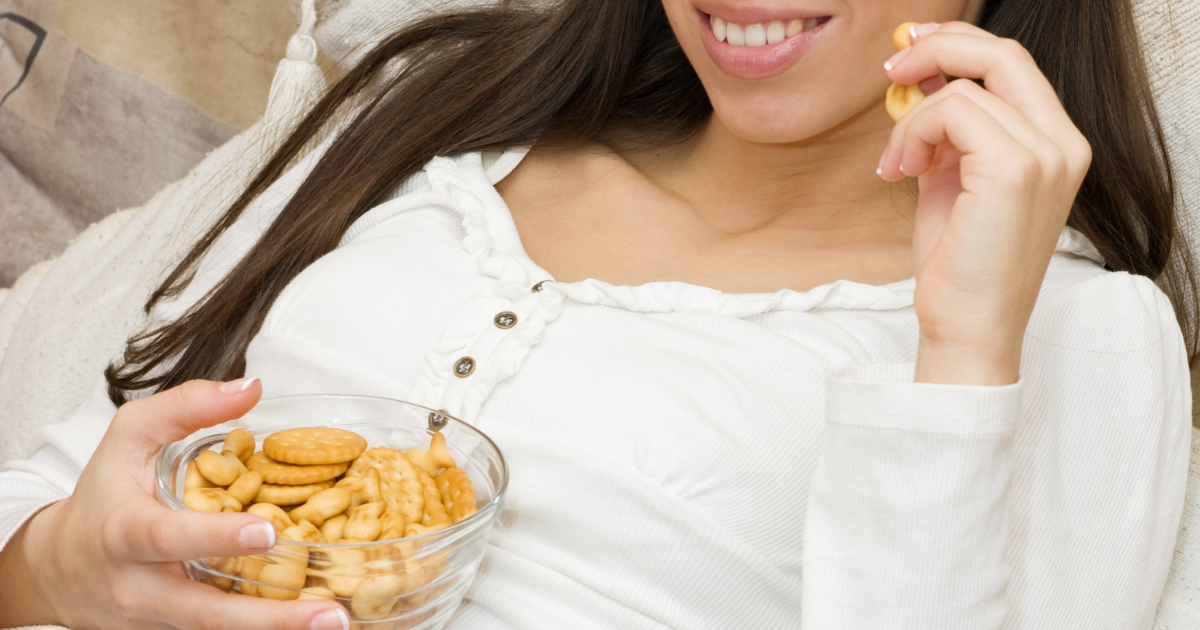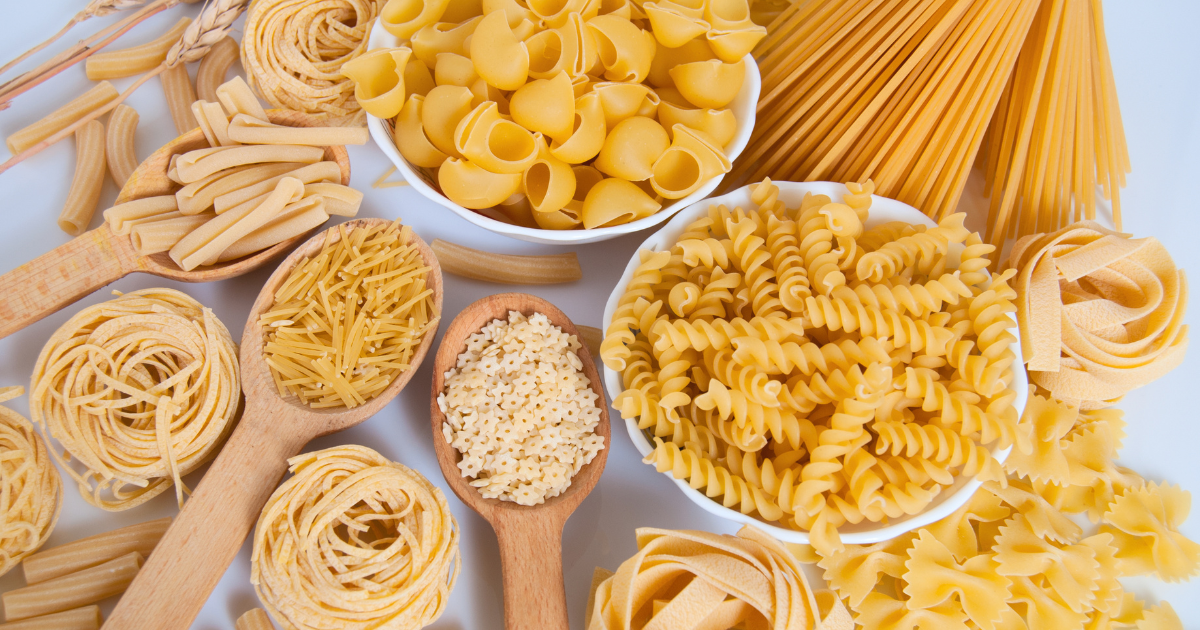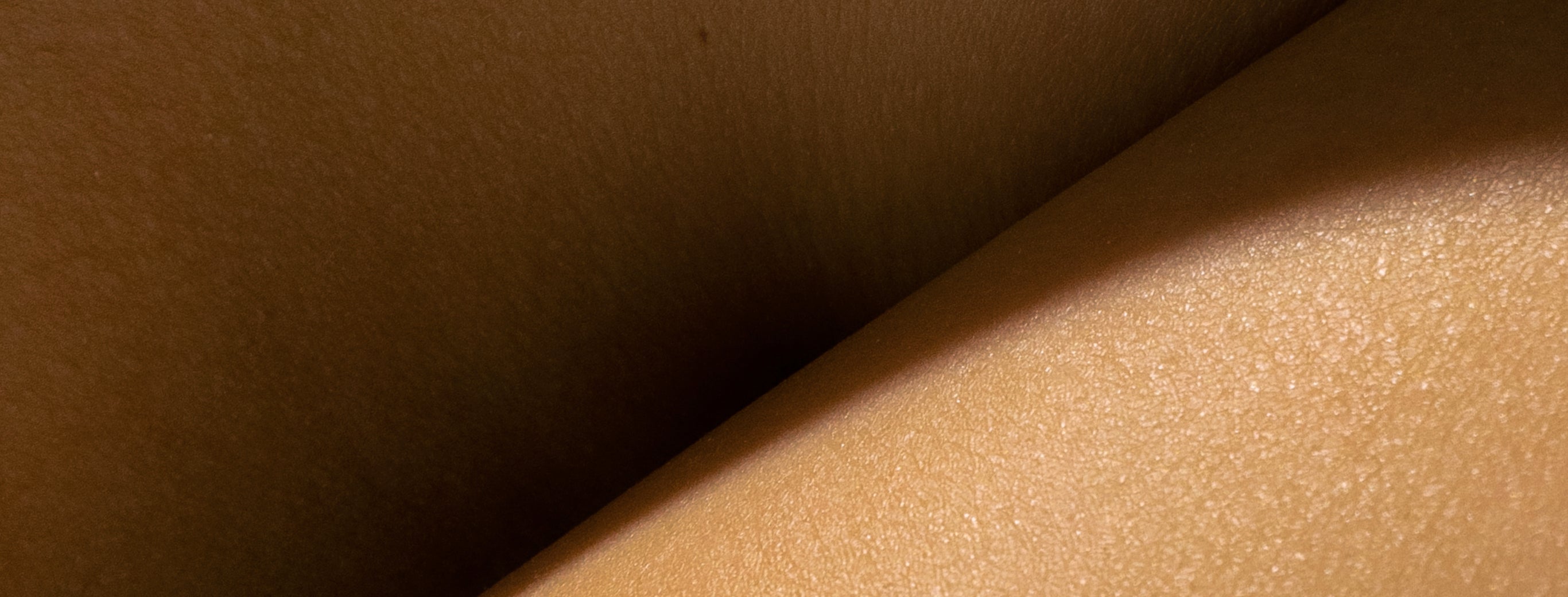Feed the Fat: Top 6 Foods to Eat for your Fat Transfer Surgery

Do you know the term "Feed the fat"? Feed the fat is a concept for fat transfer surgery.
These types of surgeries include Brazilian butt lifts and fat transfers to the breasts, hips or face. The “feed the fat” concept began as a way to teach people to eat high fat foods in order to "keep the fat" after surgery.
If you have a fat transfer surgery coming up, you will absolutely want to read this article and see how you can include these foods in your surgery prep plan.
In today's article, I will be discussing the benefits of high fat foods and my list of favorite fats to eat before your fat transfer surgery! If you have a BBL or other surgery coming up, you will want to save this list for later.
Looking for more nutrition content from a plastic surgery dietitian? Check out these articles next:
- Best Proteins for Plastic Surgery
- Nutrition Recommendations for Patients Undergoing Surgery
- Anti-inflammatory Diet Before Surgery
Benefits of High Fat Foods for Transfer Surgery
Fats are an important nutrient because it plays a role in many of the body's processes and has many benefits.
Benefits of high fat foods include:
- Helping the body heal after surgery
- Promoting energy production
- Helping regulate hormones
- Supporting nutrient absorption
- Helping to meet calorie intake goals without the feeling of needing to eat all day long
If you're planning a fat transfer surgery, it will be important to make sure that your body is getting the nutrients and calories it needs for the best possible outcome. Below I will list my top six fatty foods to eat before a fat transfer surgery that I have seen work great for my nutrition clients.
Action tip #1: Choose 2-3 of the foods below to add into your diet plan to prepare for your transfer surgery.

FEED THE FAT: Top 6 Fatty Foods to Eat Before Transfer Surgery
-
Pistachios:
- Pistachios are high in unsaturated fats, fiber, and antioxidants which can help reduce inflammation and promote healing.
- You can eat pistachios as a snack or add them to a meal for an extra boost of nutrition.
-
Canned Coconut Milk:
- Coconut is high in medium-chain triglycerides (MCTs) and antioxidants which can help increase energy levels and protect the body from inflammation by reducing oxidative damage in the body.
- There are many ways you can use canned coconut milk - for smoothies, baked foods, Indian dishes, and so much more.
-
Ghee:
- Ghee is a type of clarified butter that is more concentrated in fat because the milk solids have been removed. It is easier to digest for those who are lactose intolerant. Ghee is a good source of unsaturated fats, vitamin A, and vitamin E which helps improve skin health and boosts the immune system.
- Cook your vegetables in ghee or spread it onto whole-grain toast.
-
Flaxseeds:
- Flaxseeds are high in Omega-3 Fatty acids (particularly ALA) and fiber that can help improve skin and wound healing. Flaxseeds are also a great source of vitamins and minerals, like magnesium which has anti-inflammatory properties to help with surgery recovery.
- Add flaxseeds to oatmeal, smoothies, and non-fat Greek yogurt bowls. You can also opt for flax oil instead for a more concentrated source.
-
Avocados:
- Avocados are a good source of unsaturated fats, fiber, vitamin C, vitamin E, and vitamin K. These nutrients are important and help with wound healing and better management of blood sugar levels.
- Put frozen avocado into your green smoothie or spread it onto whole grain toast with a boiled egg on top.
-
Salmon and other Fatty Fish:
- Fatty fish, like salmon, tuna, and mackerel are rich in omega-3 fatty acids, which can help reduce inflammation and promote healing. Eating fatty fish 2-3 times a week along with other nutritious foods can help with preparation and recovery of your fat transfer surgery.
- Make a sheet pan salmon meal with lemon and garlic.
Feed the Fat: The Takeaway
The key takeaways from this article:
- Fats are important for your fat transfer surgery, but keep in mind that you want to choose more healthy fats like omega-3 fatty acids and other sources of unsaturated fats.
- Limit foods high in saturated fat like butter and red meats (beef and pork).
- Choosing fats from natural and unprocessed sources can help you not only with your surgery, but also improve your overall health.
- Remember, it is important to eat a balanced nutrition plan that contains more nutrients than just fat for the best results after surgery.
If you are unsure which foods you should be eating for your upcoming surgery, schedule an appointment with me! I am a plastic surgery dietitian and can help you figure out a diet plan that works for you. Follow me here for daily tips! There is no better time to invest in your health than before your surgery!
Follow us on IG here.
Watch our youtube videos here.
Check out our Surgery Kits here for your Fat Transfer Surgery.
Before + After Vitals
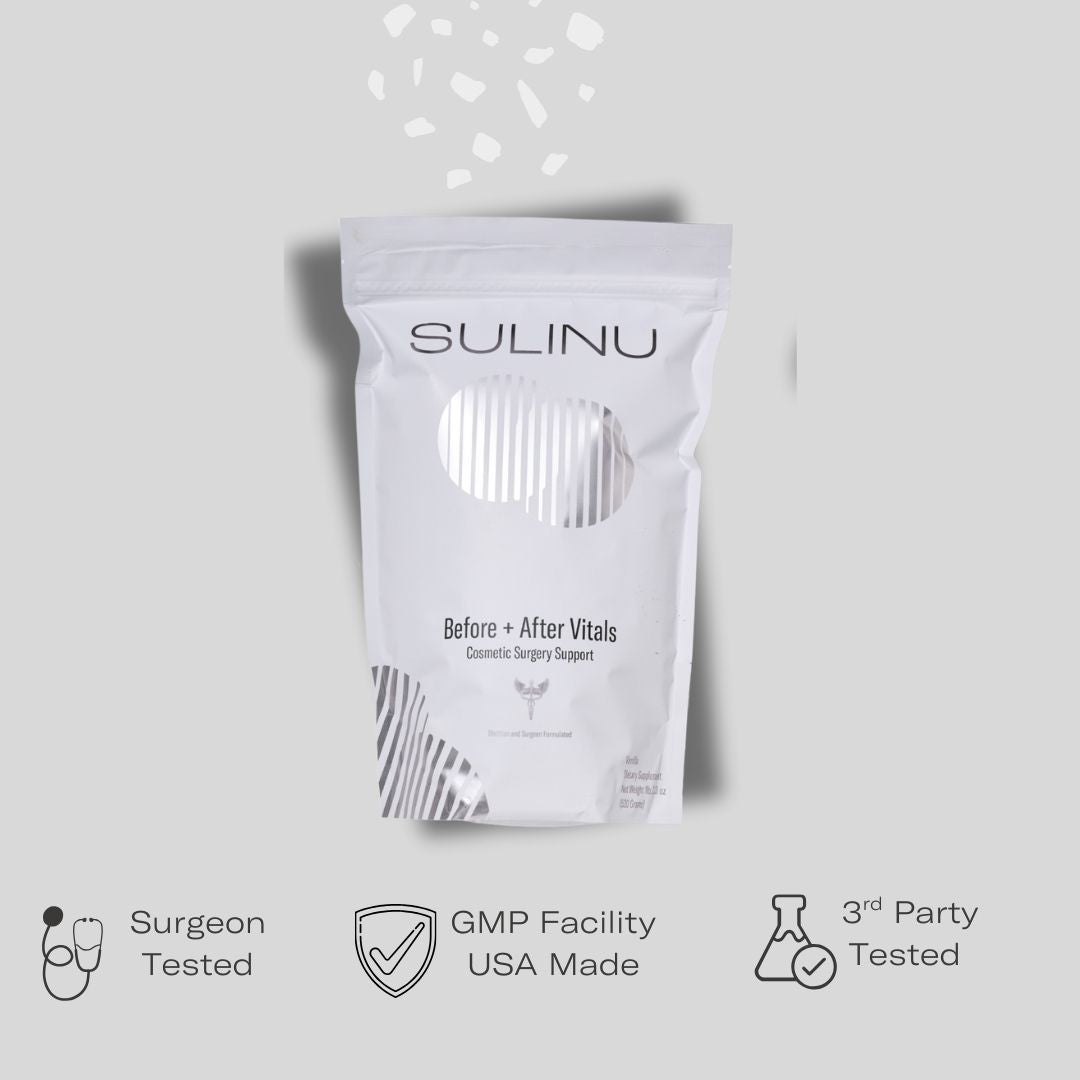
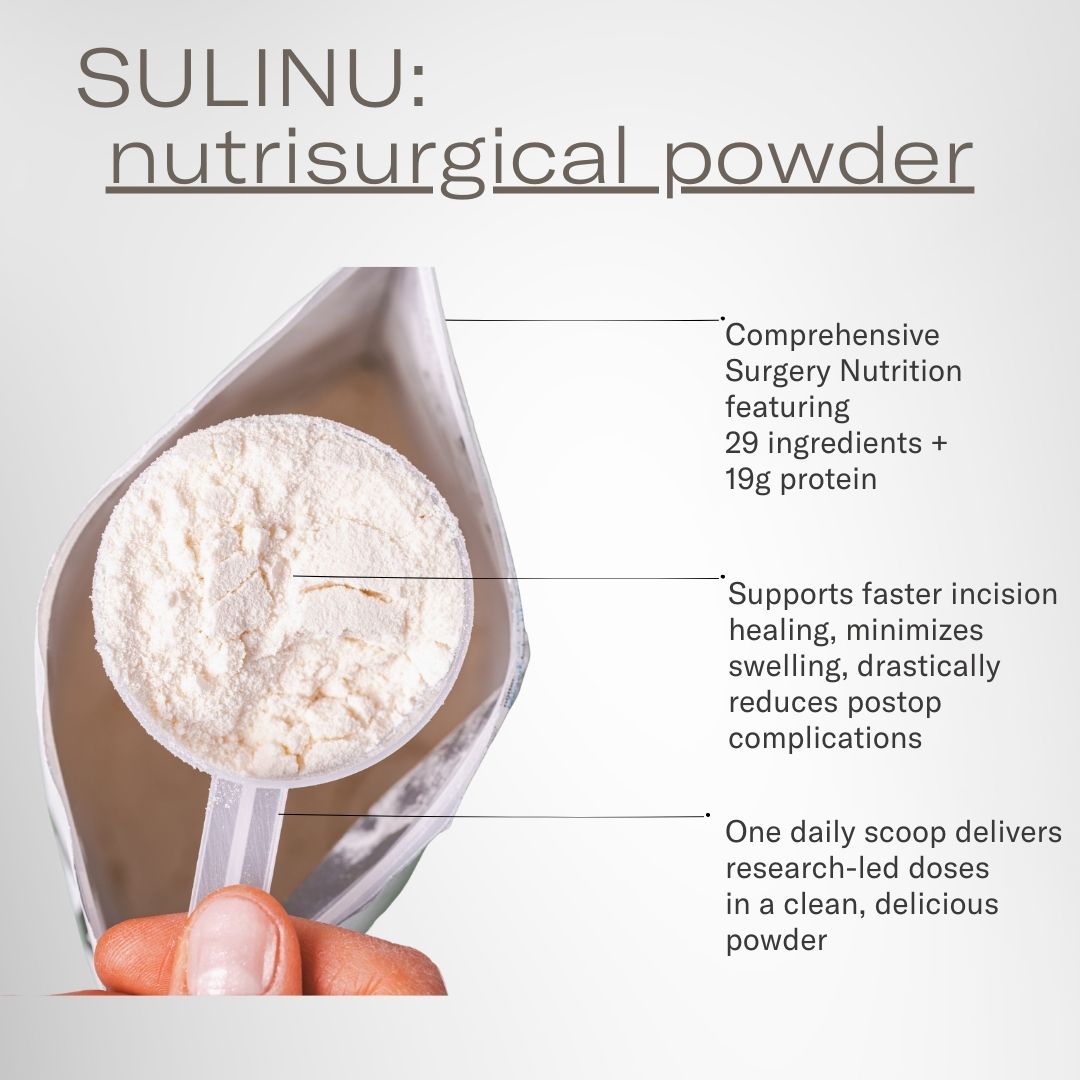
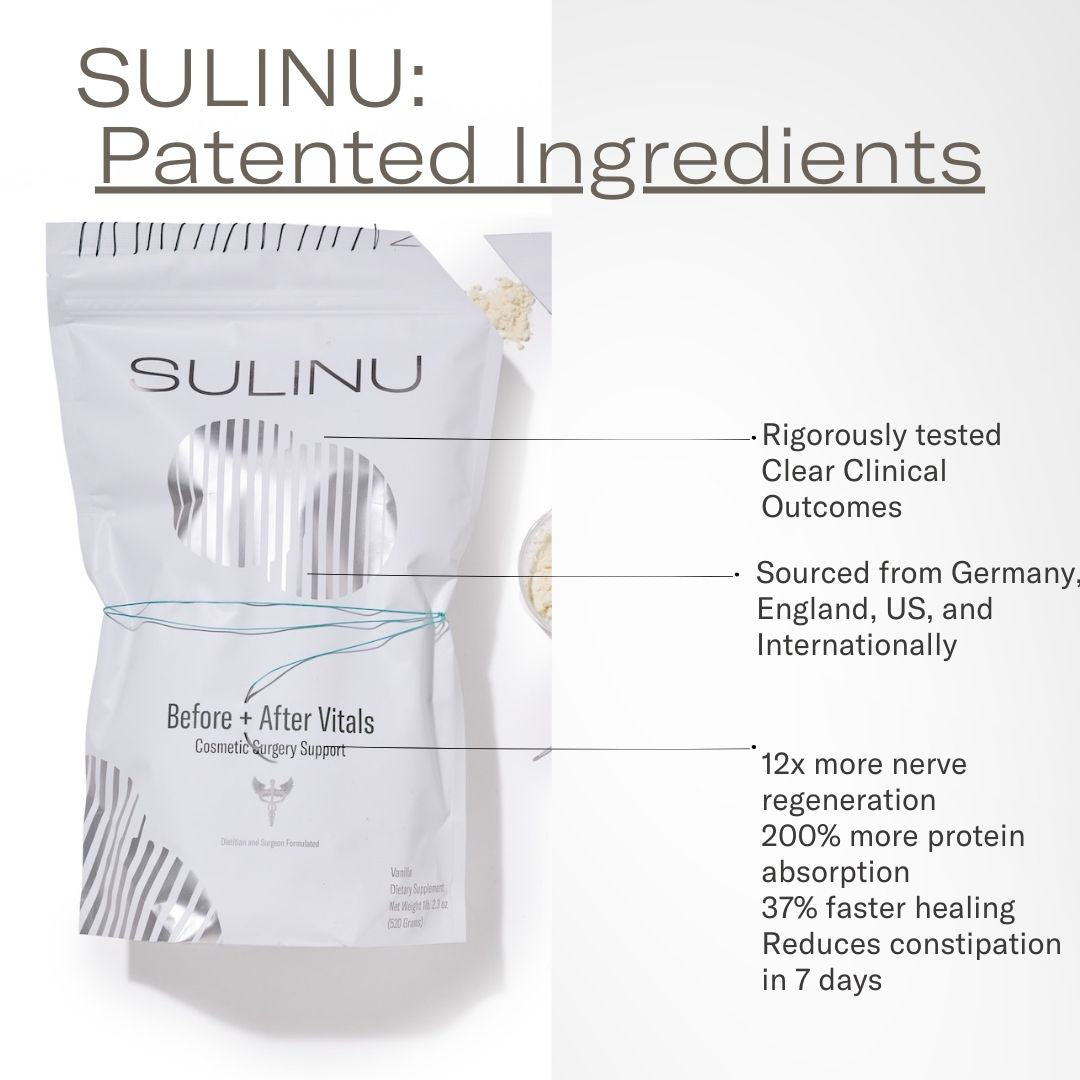
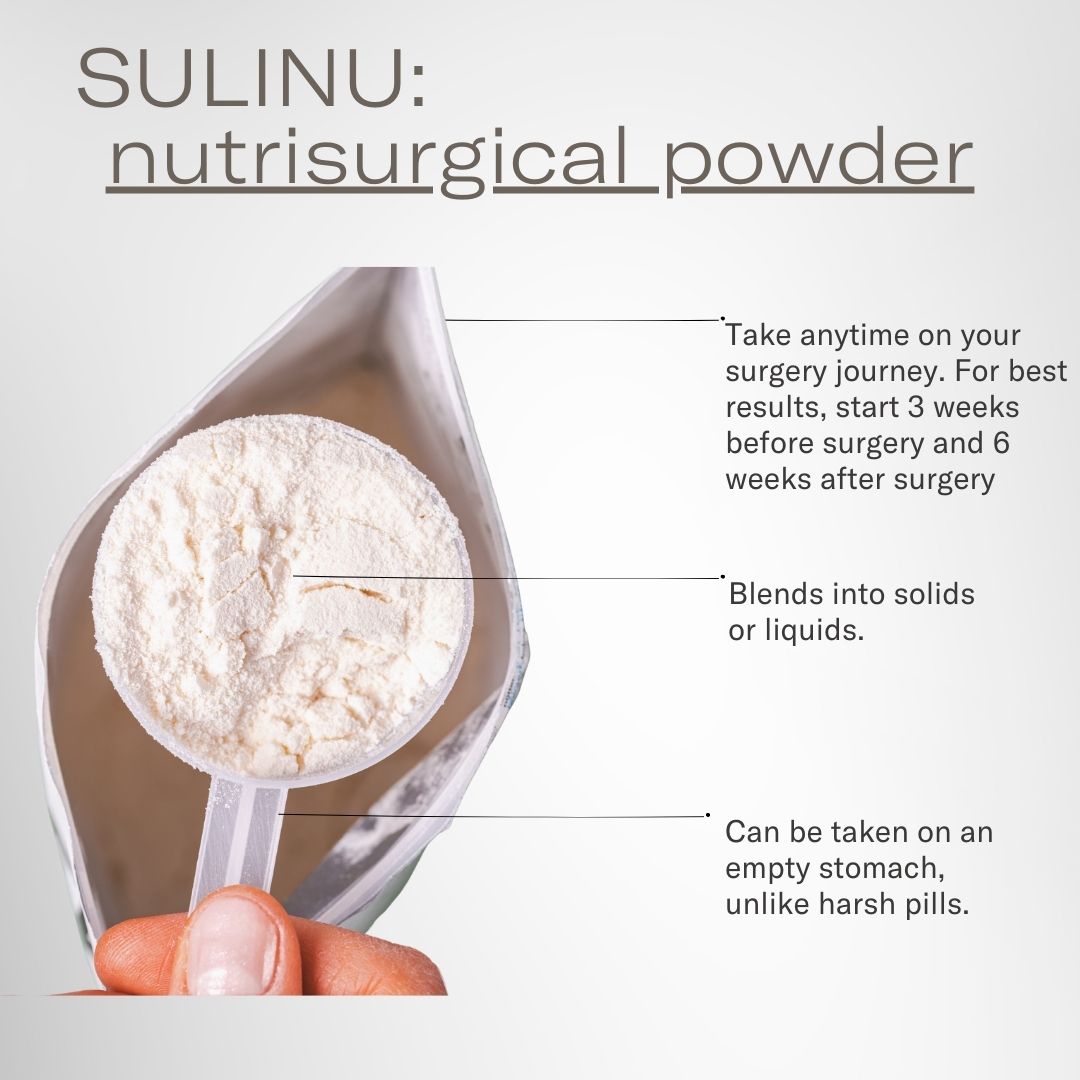
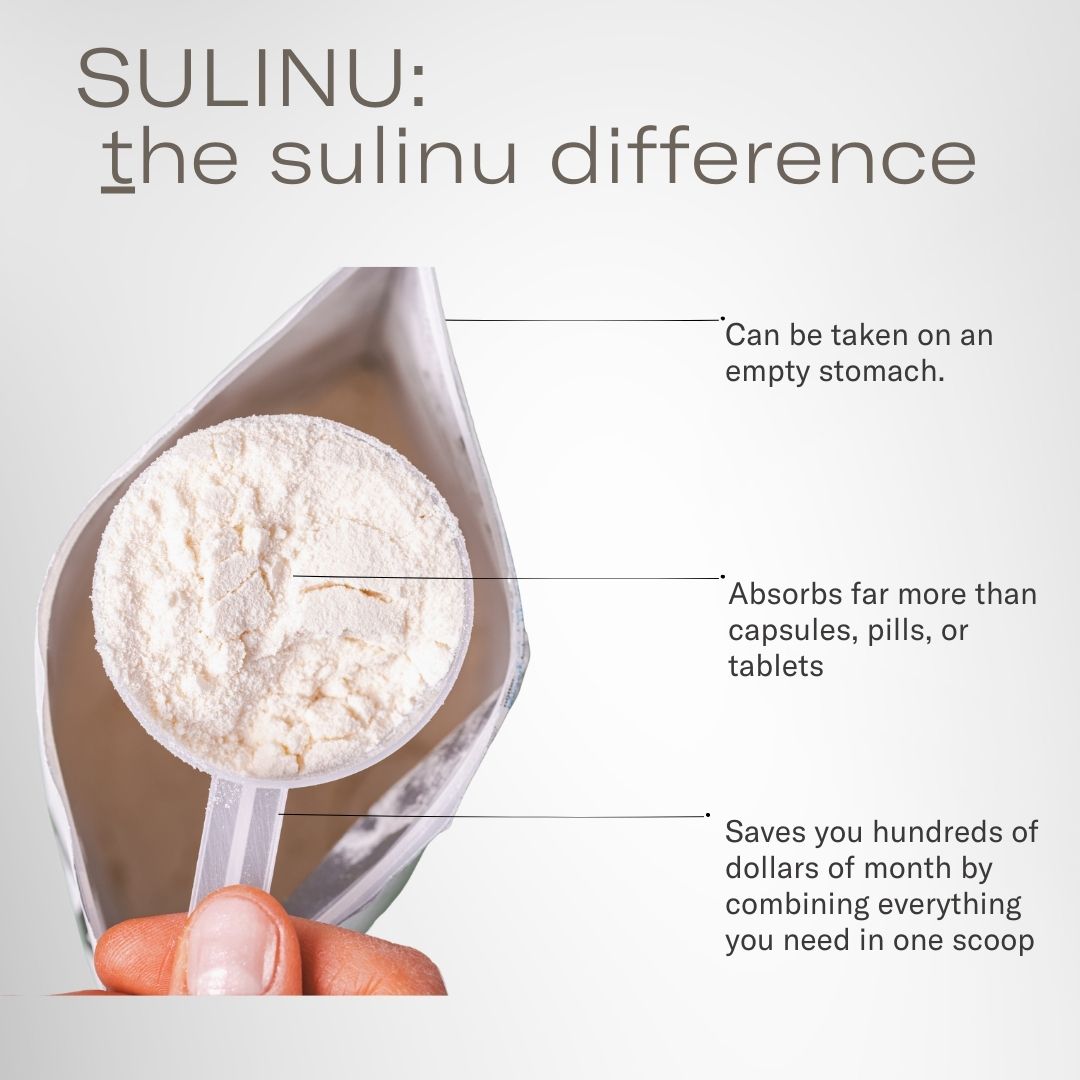
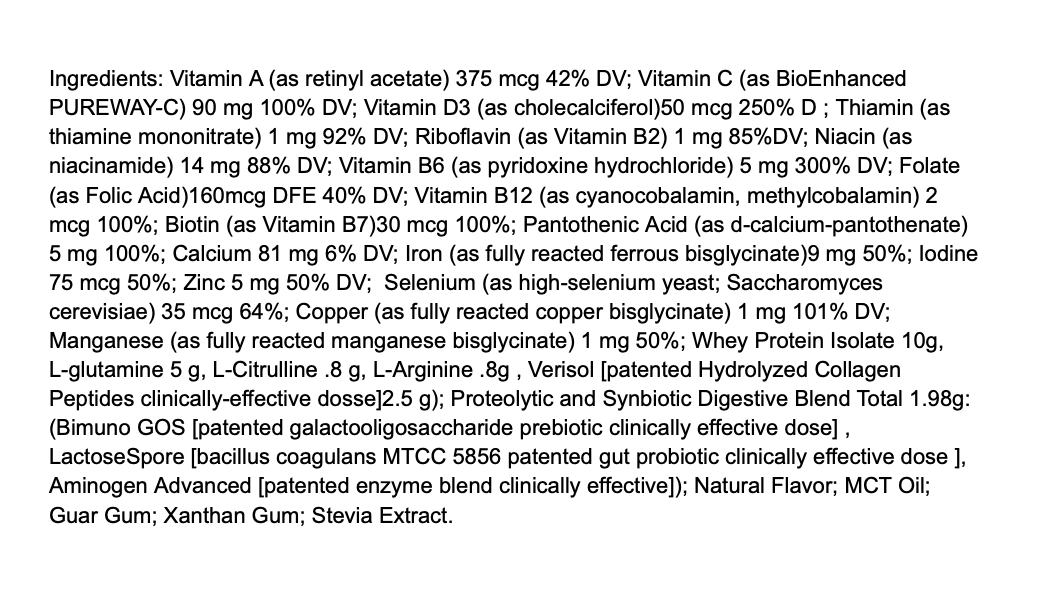
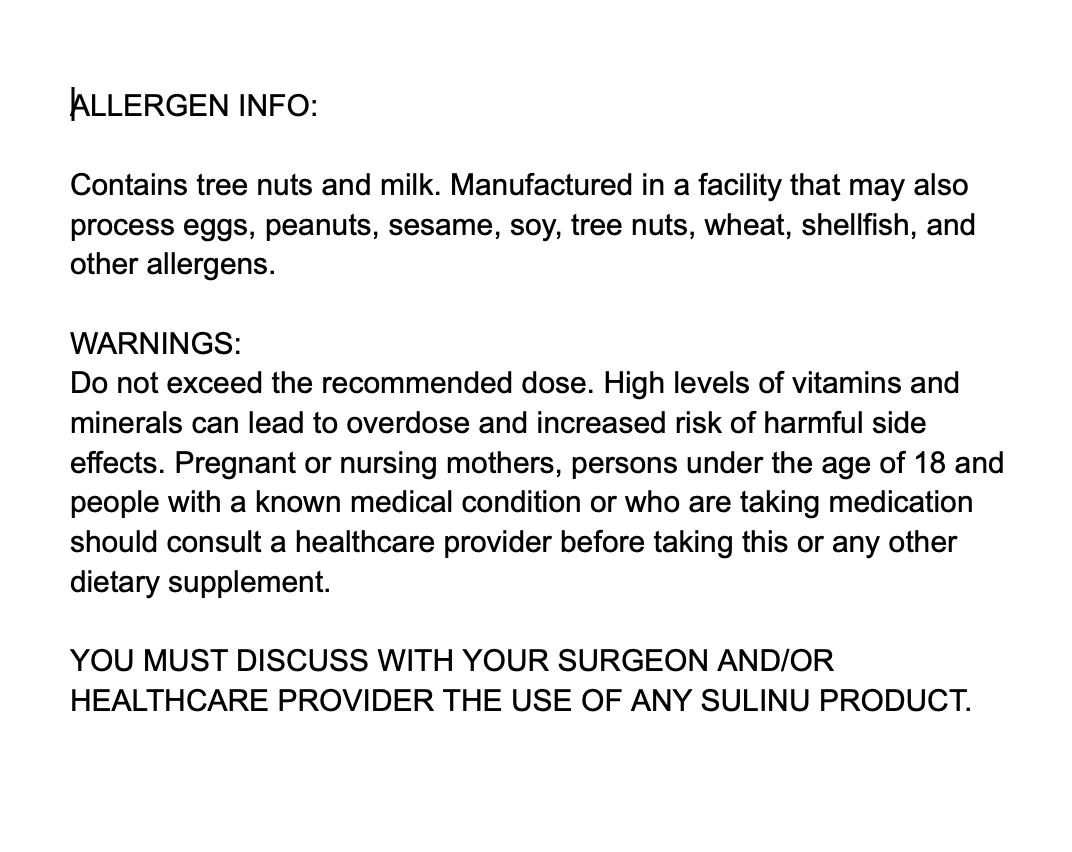
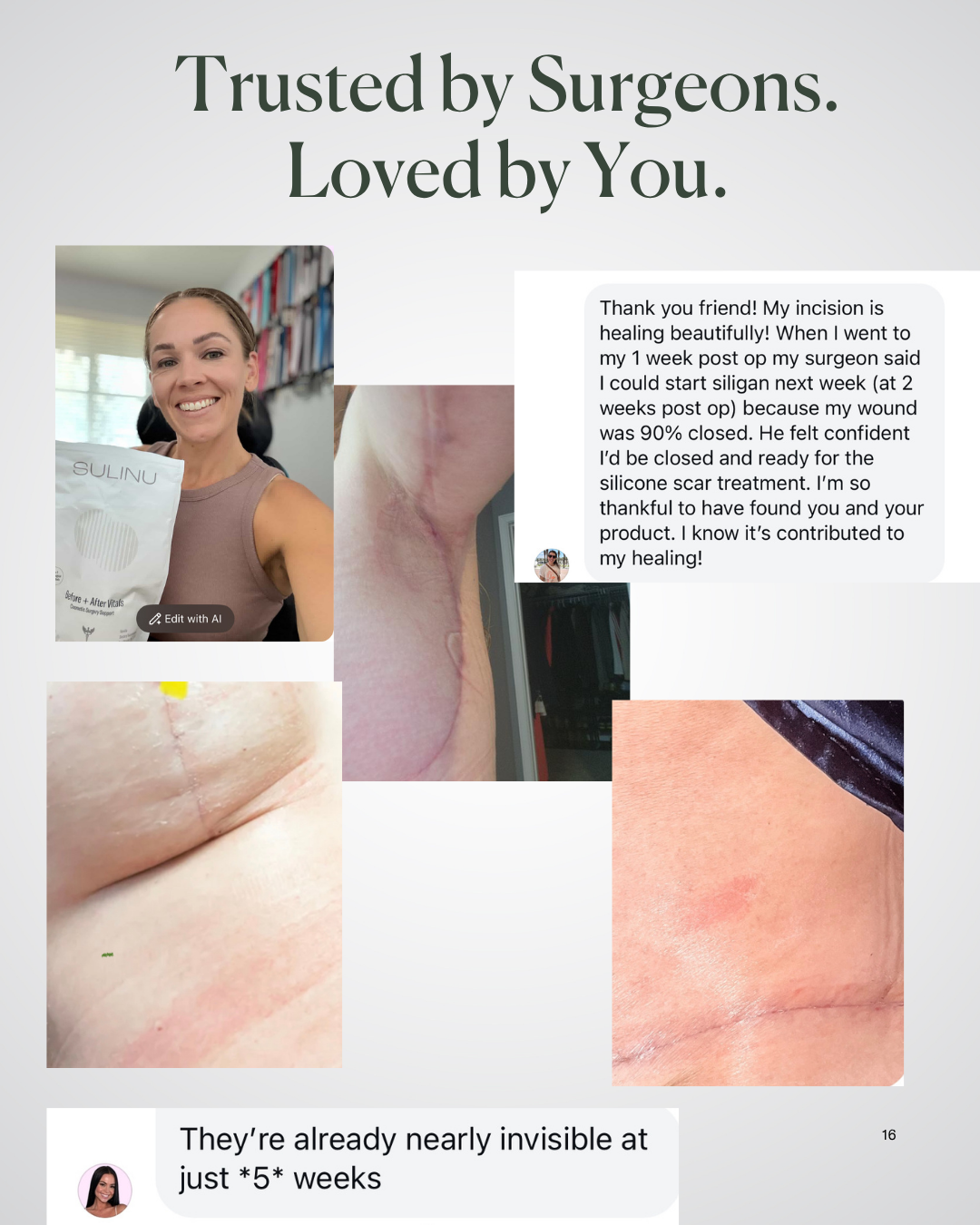
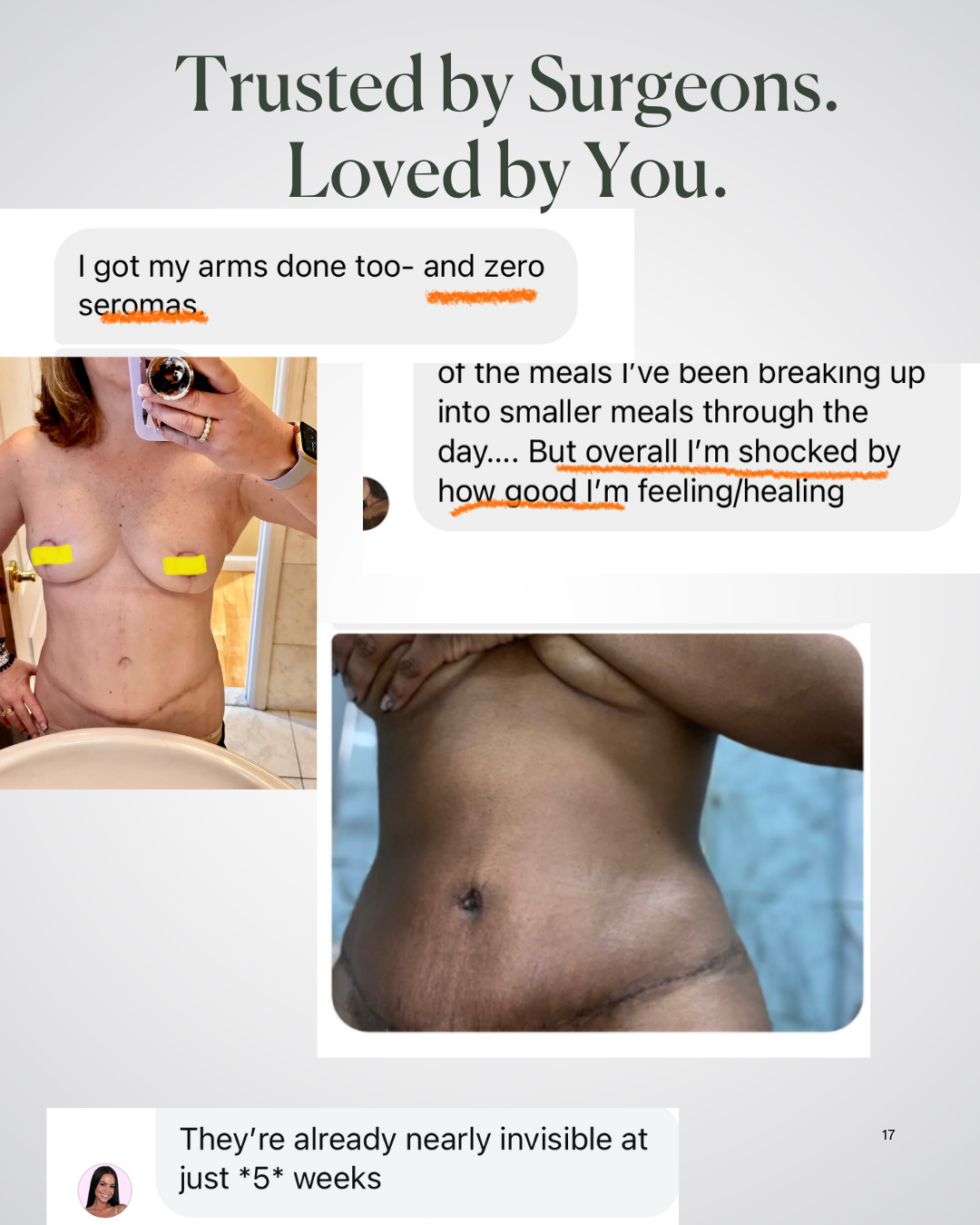
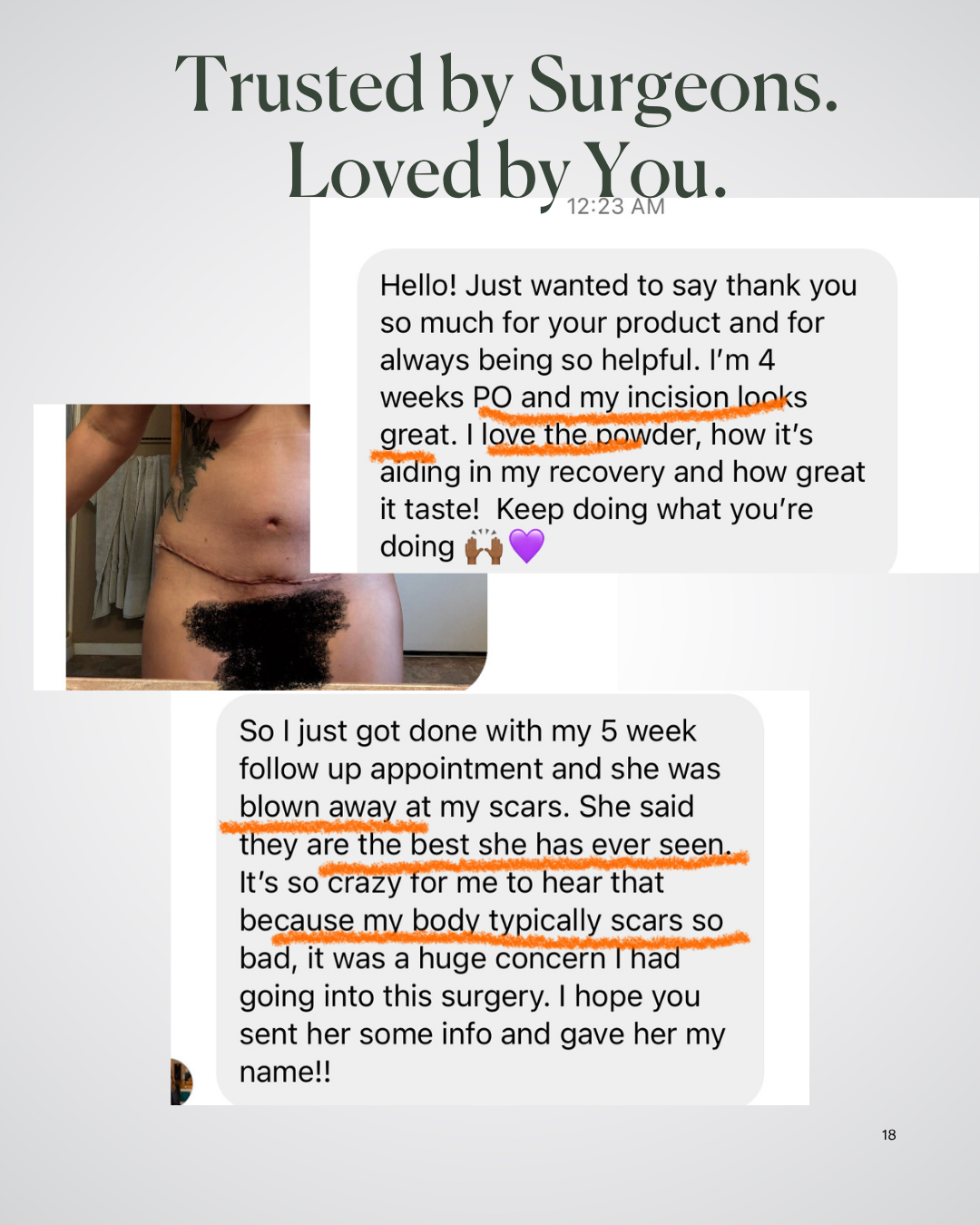
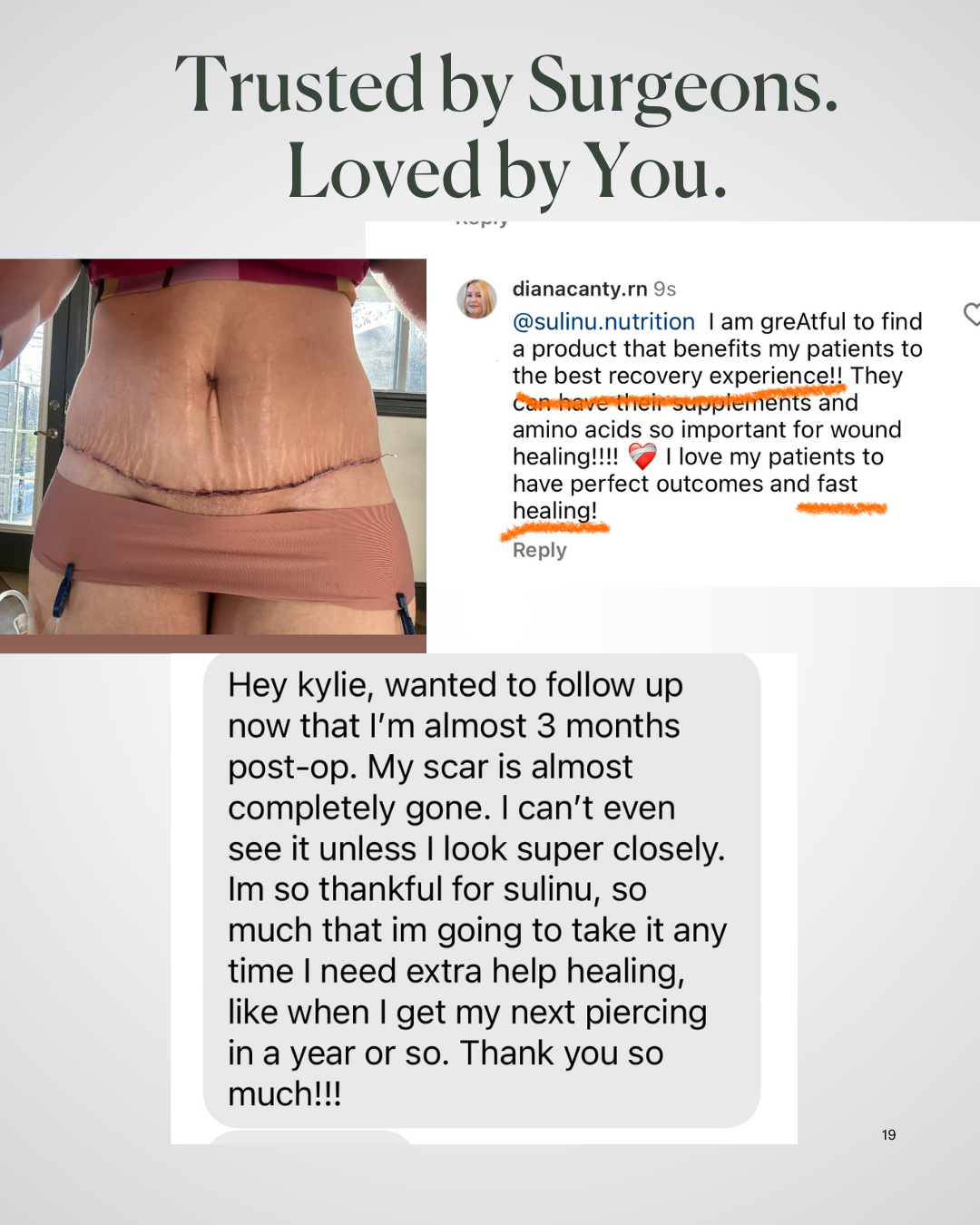
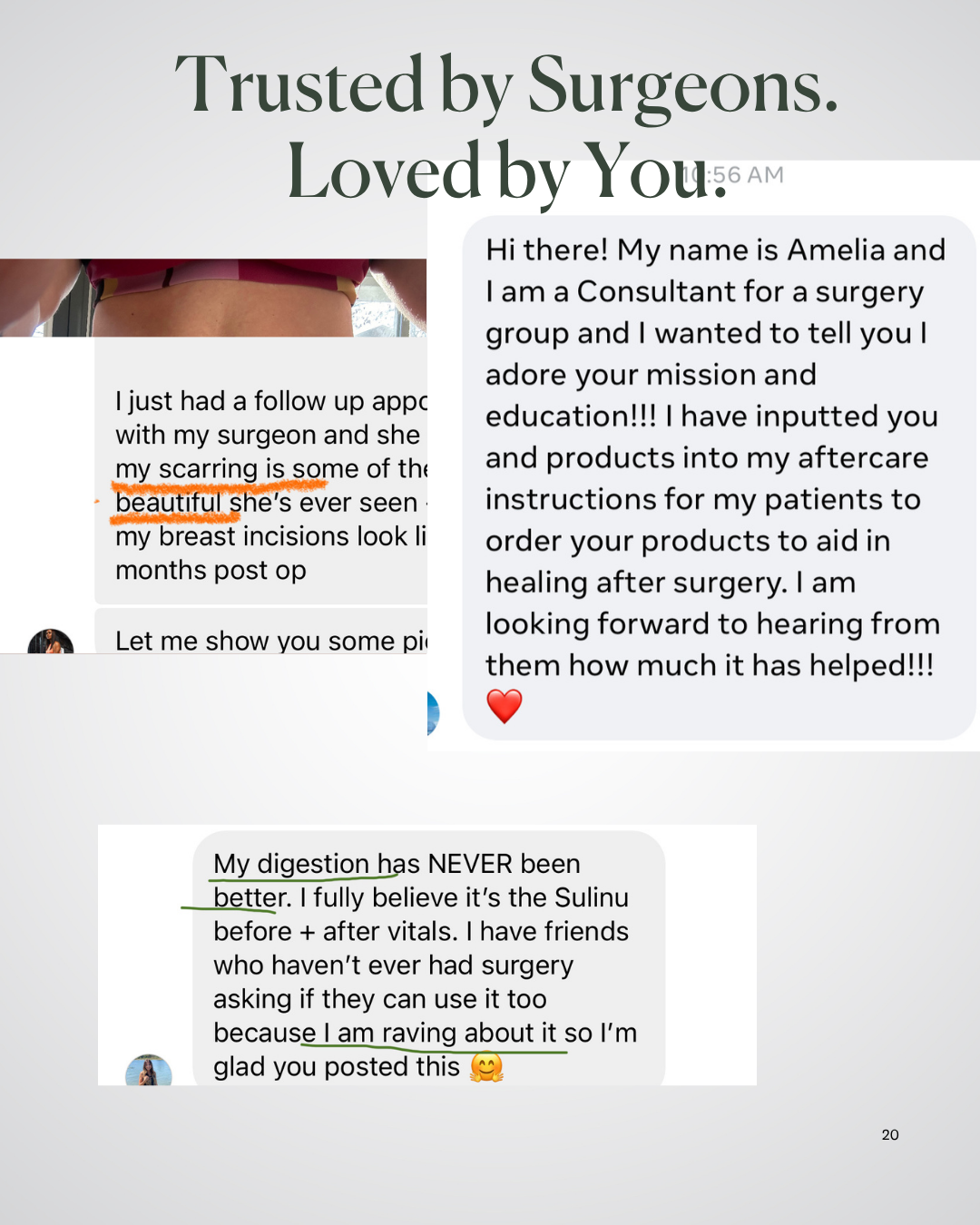
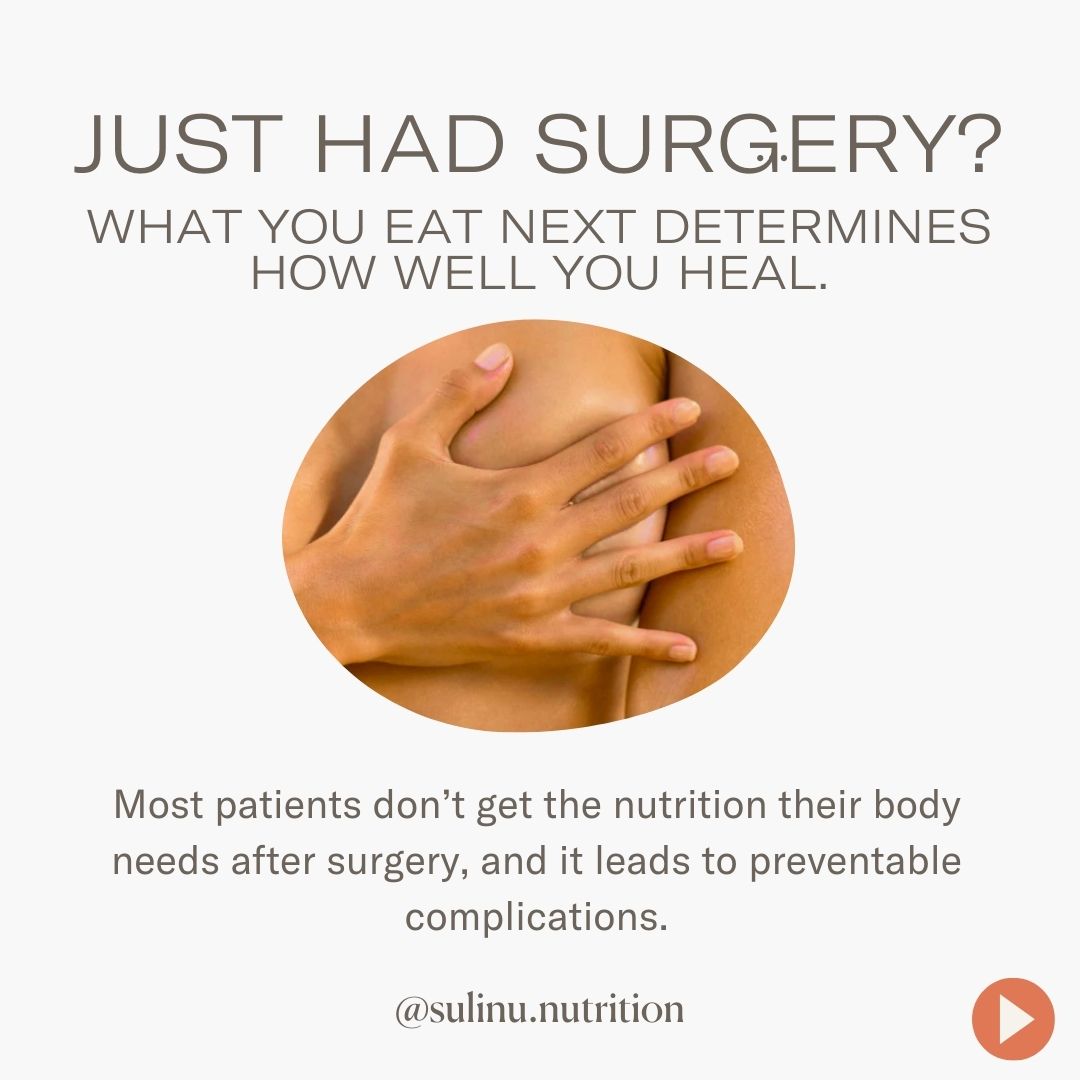
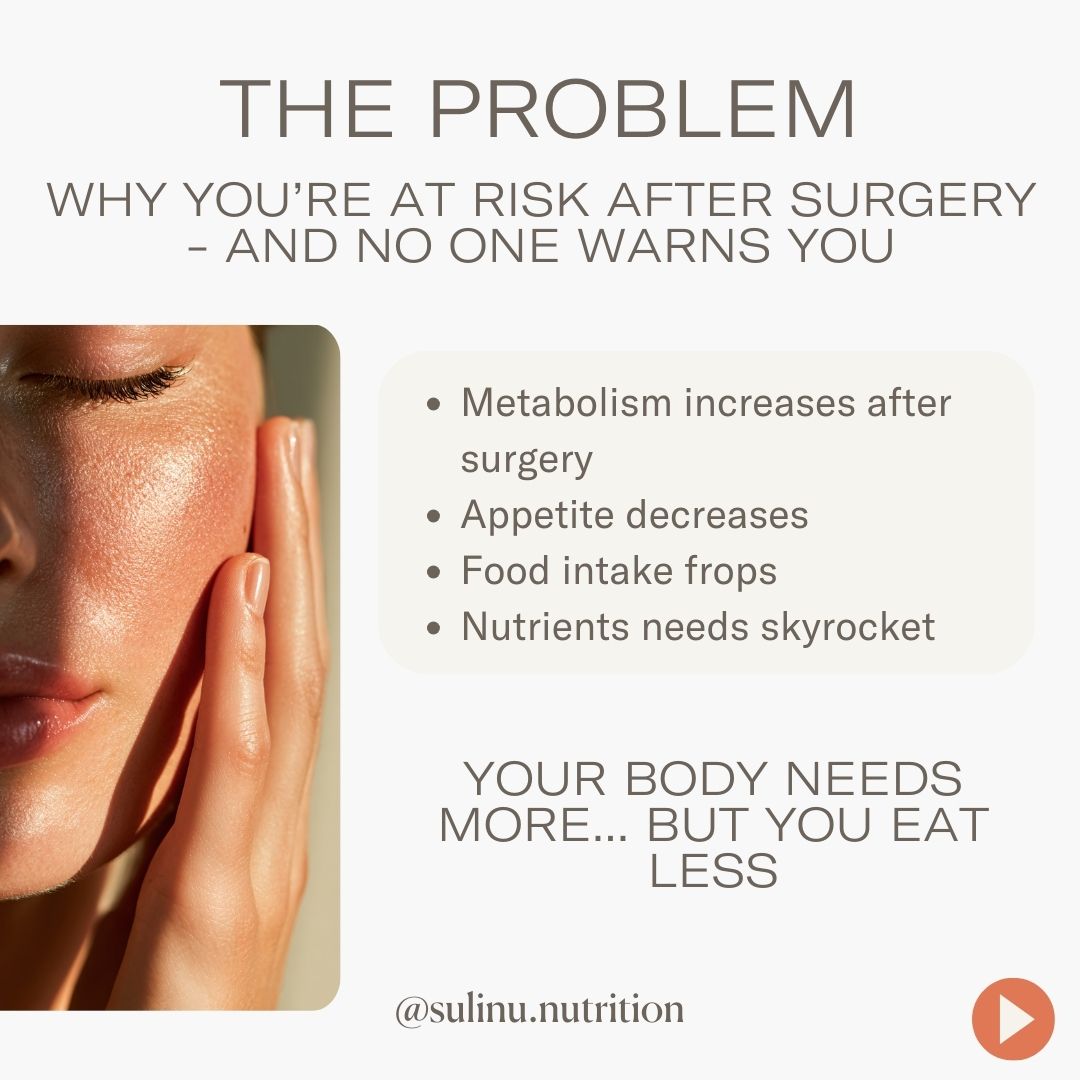
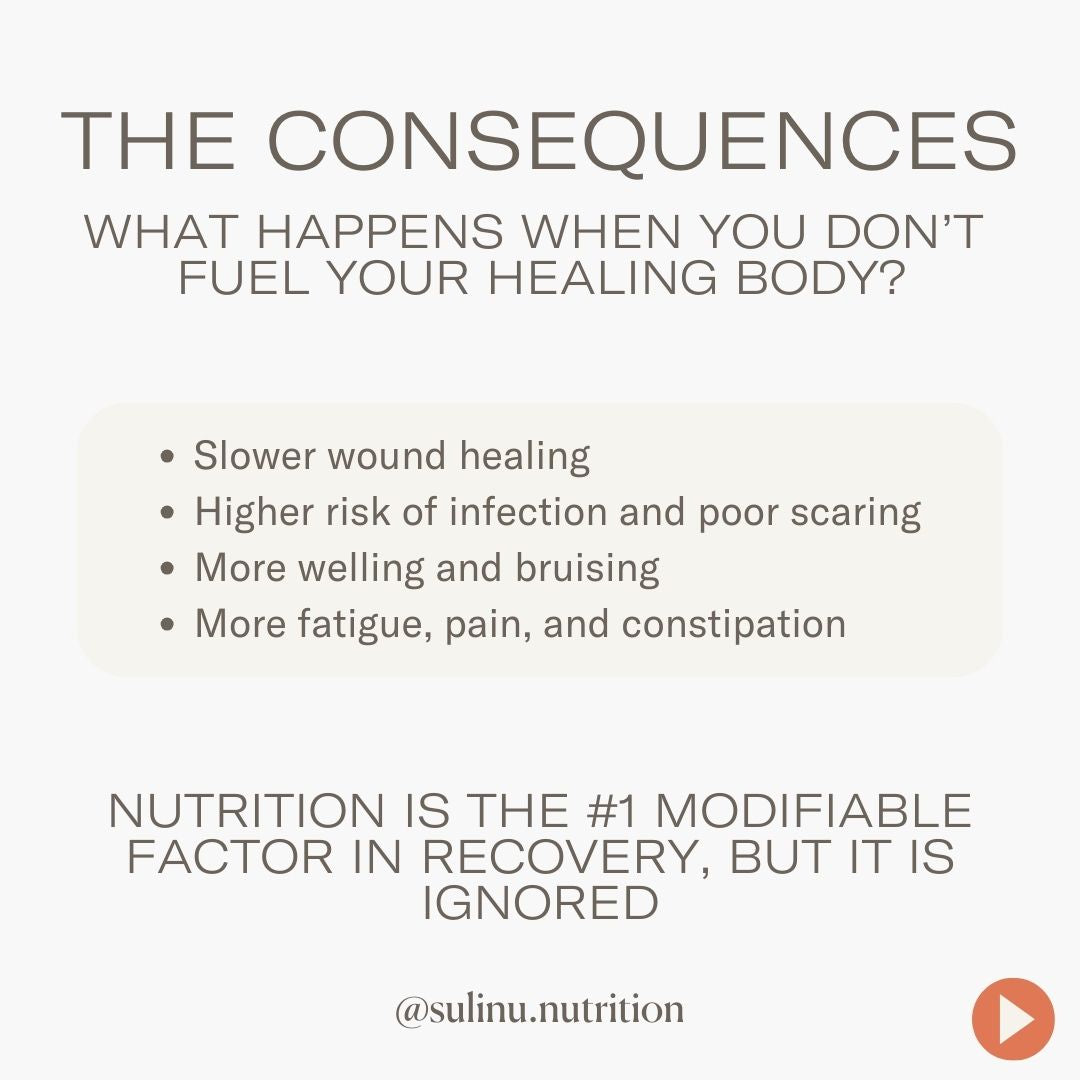
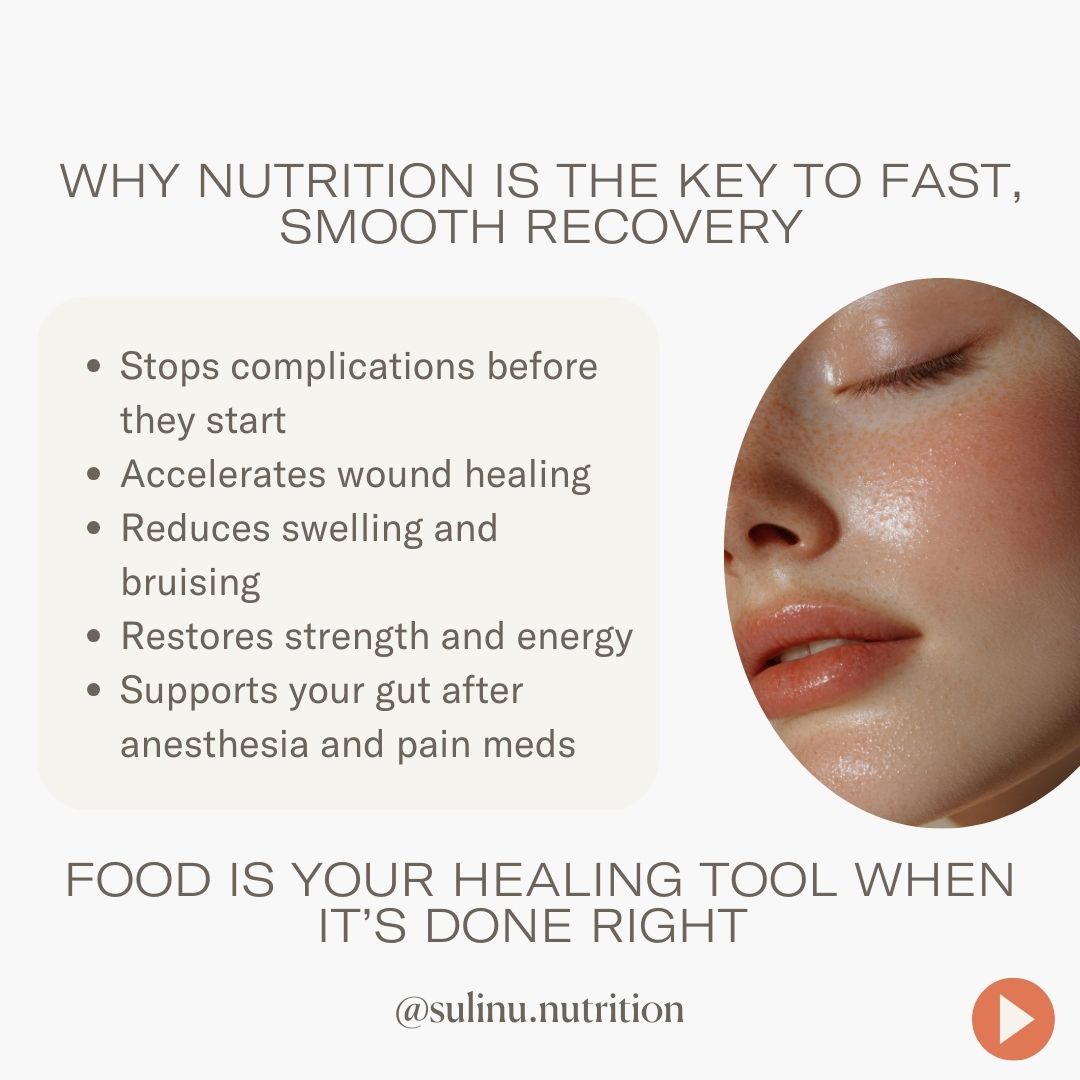
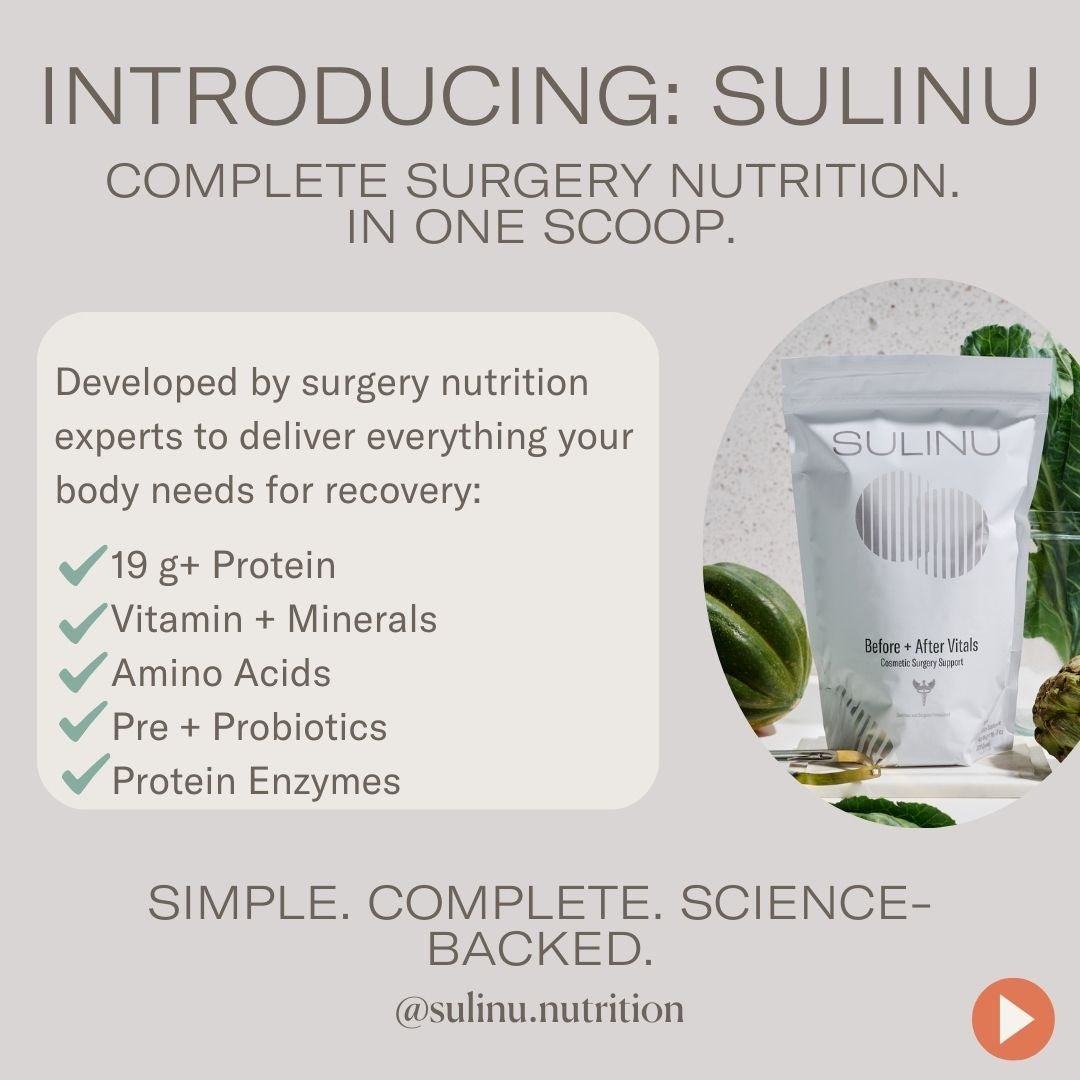
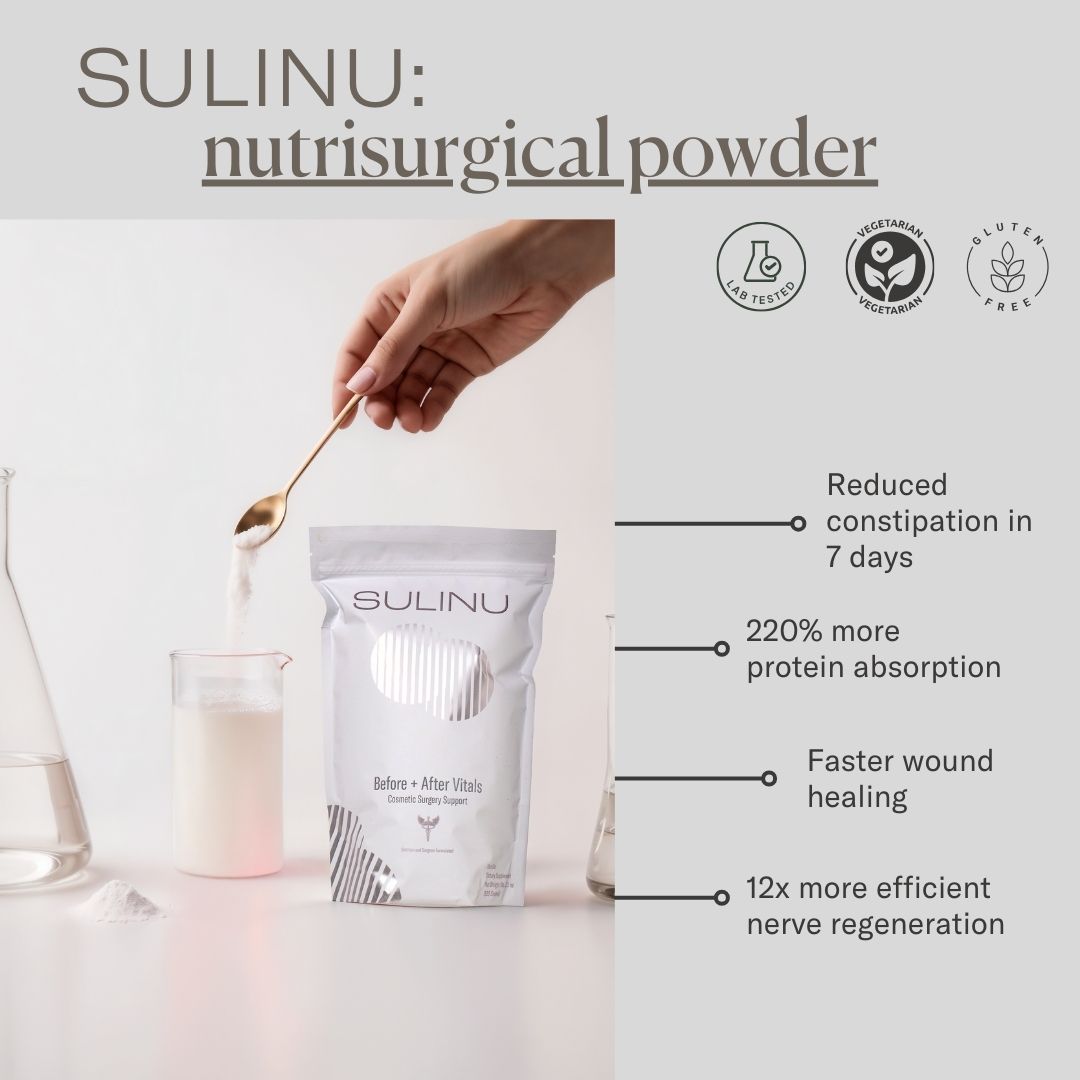
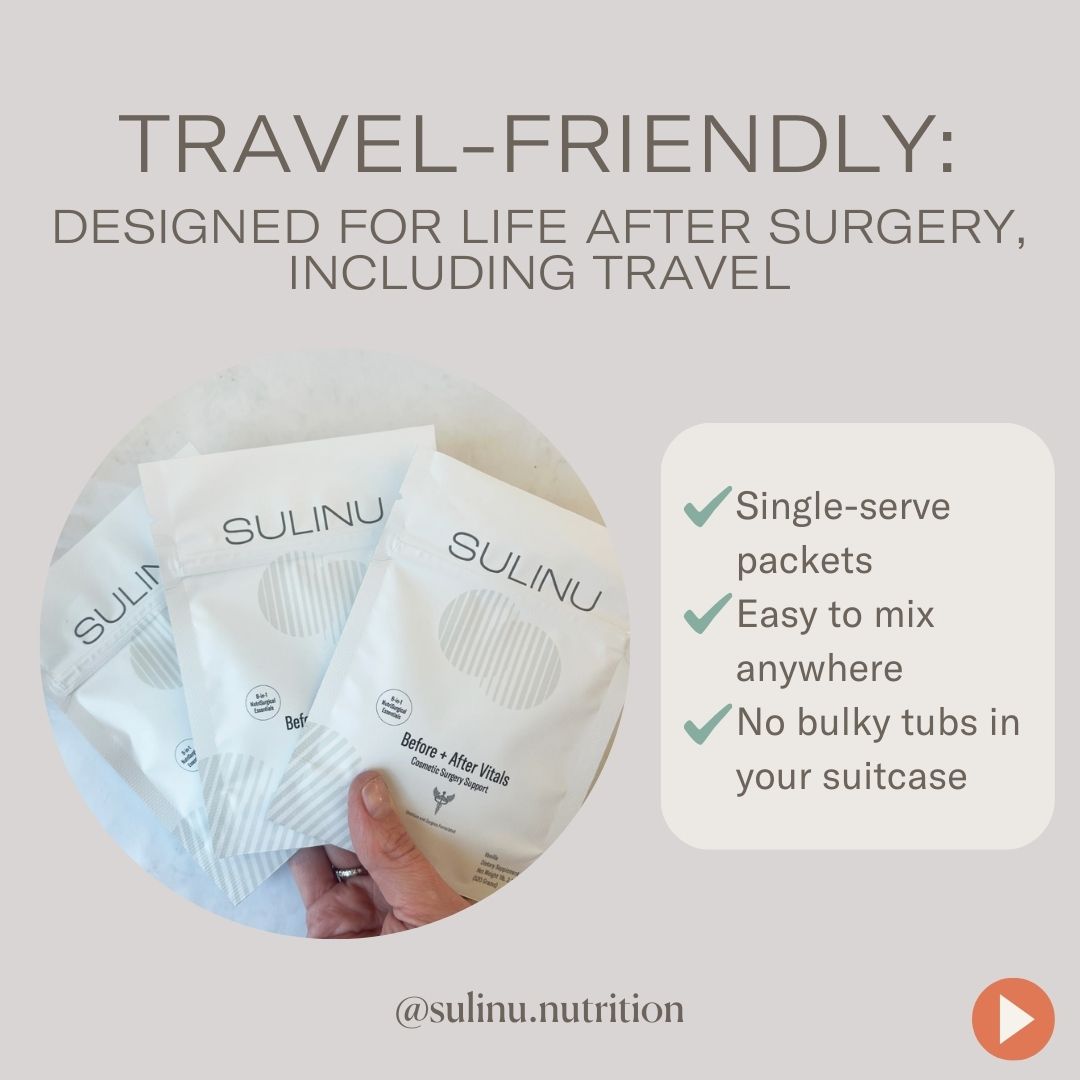
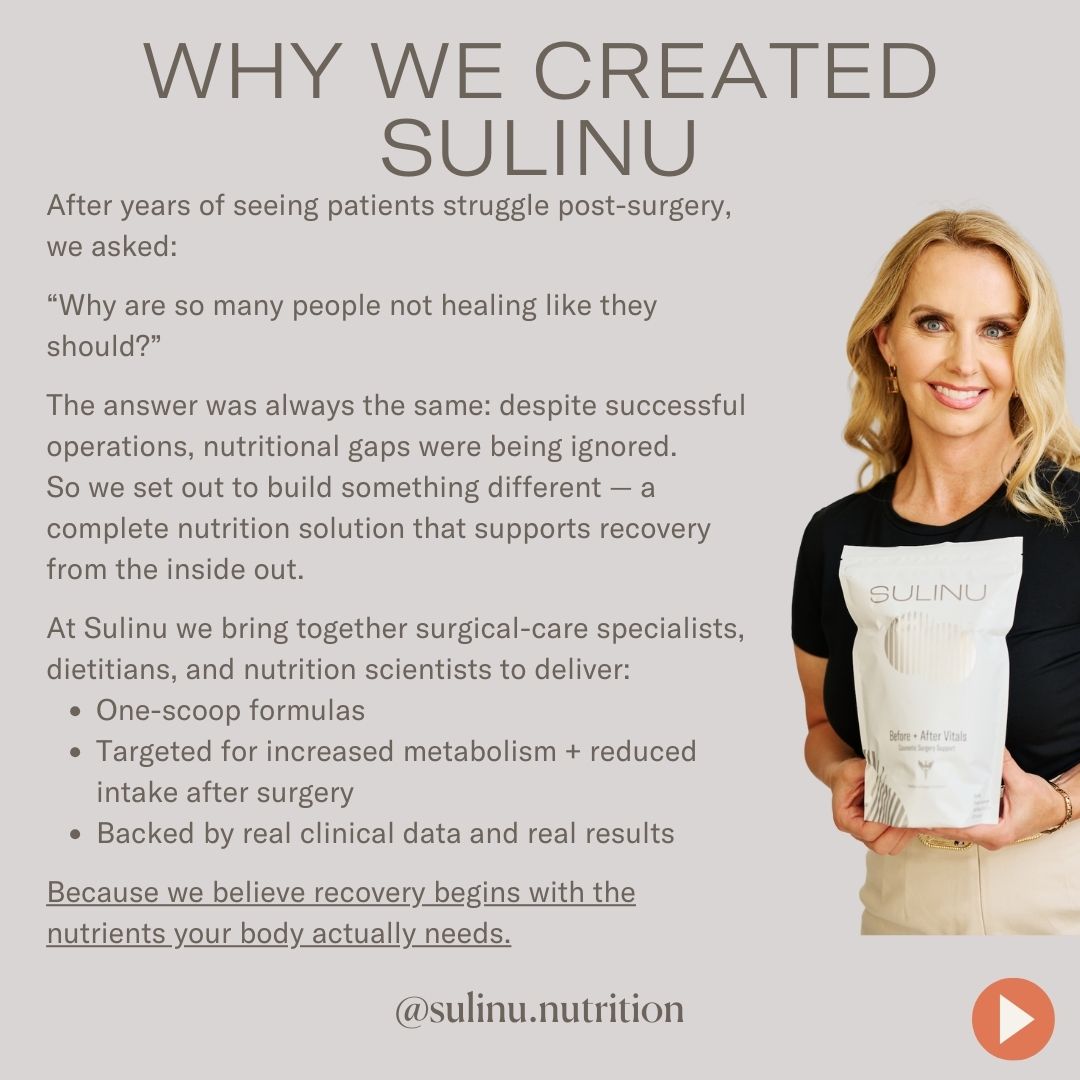
NUTRISURGICAL VITAMIN POWDER -(bag: Vanilla)
**FREE SHIPPING for orders over $125!!**
- 100% Money Back Guarantee
- Discreet Shipping-Your privacy is important
- We recommend 3 bags for any surgery for the best results
This Complete Surgery Powder gives you EVERYTHING you need IN ONE SCOOP.
Pre and Post Surgery Supplements for that near-invisible scar look.
"Can you believe it? [My incision scars] are nearly invisible at just 5 weeks!" -Jessie
Our pre and post surgery supplements are packed with vitamins for wound healing after surgery
- 3rd party tested
- Gluten-Free
- Vegetarian Whey
-
27 Surgeon-Approved Ingredients
- At therapeutic, effective dosages
- In bioavailable forms
-
5 Patented Ingredients
- Patented is the HIGHEST standard of ingredients
- Faster Incision healing
- Gut microbiome studied
- Clinically tested
- Sourced from Europe and Internationally
- Therapeutic Dosages
Perfect for:
- Before Cosmetic Surgery
- After Cosmetic Surgery
- Slow-to-heal incisions or wounds
- Using a GLP and needing extra nutrition
- Can begin taking at anytime on your surgery journey, EVEN if you are weeks after your surgery! Your scar is healing for a least a year after your surgery date.
How to use:
- Use 1/2 to 1 scoop a day. Max 1 scoop a day for at least 6 weeks postop.
- We recommend 3 bags: Use 1 bag before surgery and 2 bags after surgery
Nutrisurgical Vitamin Powder with Patented, Clinically-tested Ingredients.
All your Protein, Collagen, Amino Acids, MicroNutrients, Synbiotics and Enzymes in ONE SCOOP to give you a seamless recovery after cosmetic surgery.
Note: This product is also commonly used by GLP (Ozempic, Semiglutide, etc) patients to prevent nutrient depletion and Ozempic face
Our Survey Results*:
79% reported a beautiful incision
85% reported a faster recovery
90% liked the taste
X Gluten X Soy X Artificial Colors or Flavors X GMOs
*based upon our postop survey 2024
Introducing BEFORE + AFTER VITALS, the ultimate surgeon-endorsed nutritional supplement tailored exclusively for plastic surgery recovery.
Fears of infection, inflammation, slow-to-heal incisions, and bruising are taken head-on by this super fine, quick-to-dissolve powdered supplement. Add a delicious hit of vanilla flavor to your cold or warm drinks, smoothies, or culinary creations.
1 pouch is 20 servings.
ALLERGY info: Contains lactose. Product was processed in a facility that may also process eggs, peanuts, sesame, soy, tree nuts, shellfish, and other allergens.
